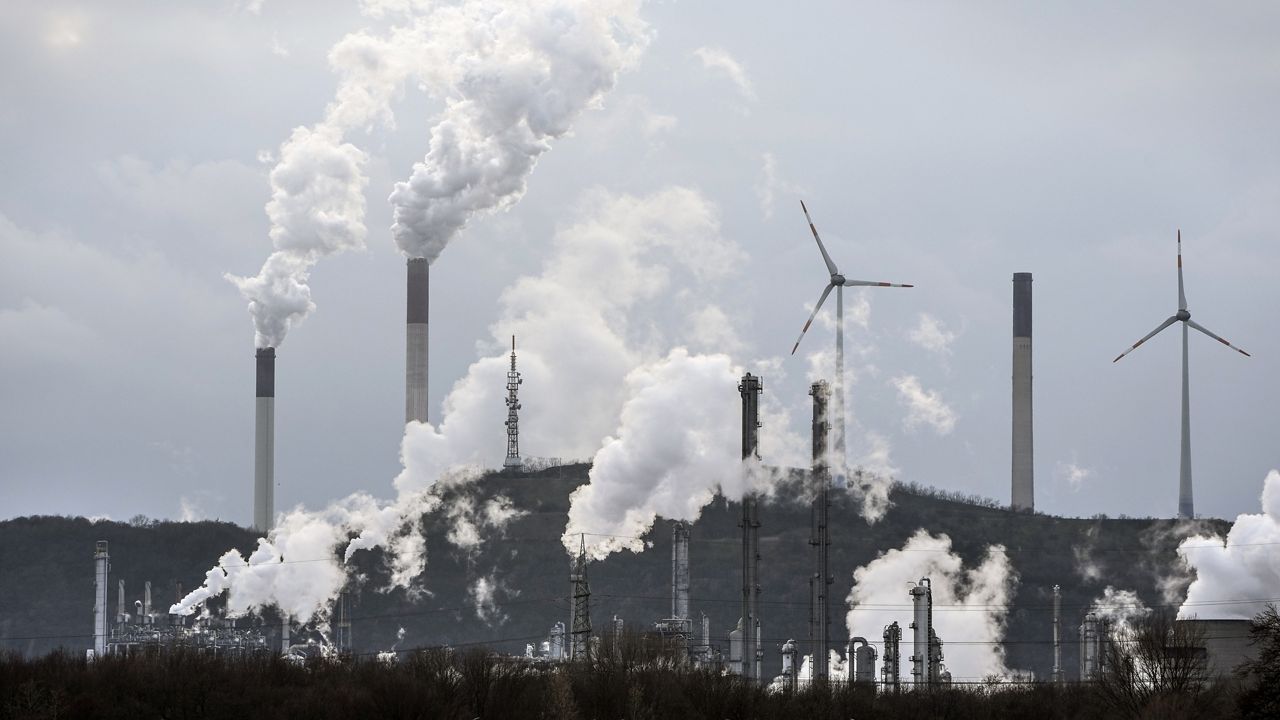New York lawmakers met yet again within the marble walls of Albany's Legislative Office Building Wednesday to hear testimony on the state’s environmental conservation budget, with topics ranging from assistance for farmers to New York’s State Park system.
Some of the more heated exchanges we’ve seen at these hearings so far this session, however, were directed at the New York State Energy Research and Development Authority (NYSERDA) and the New York state Department of Environmental Conservation. They're largely concerned with the attainability of New York’s climate goals.
NYSERDA President and CEO Doreen Harris told lawmakers that New York currently sits at 25% renewable energy statewide, largely in the form of hydroelectric, solar and wind power.
The goal is 70% by 2030. She blamed the number, down slightly from last year, on market issues.
Ranking member on the state Assembly Energy Committee, Republican Phil Palmesano, grilled Harris on how New York’s energy goals, including moving away from natural gas, will impact New Yorkers’ wallets.
“I believe cost, affordability, and reliability are not a part of the priority,” he said.
State Sen. Liz Krueger, while taking the opportunity to plug her bill to create a fund to pay for climate change damages, defended Gov. Kathy Hochul’s administration, saying there is no choice but to move forward to try to meet New York's goals even if it is costly.
“Why don’t you love my Climate Change Superfund Act?” she asked in a brief moment of levity. “If we hadn’t passed the climate law, we’d still be facing the exact same crisis, even a worse crisis.”
As for who picks up the tab, Harris said the solution is a Cap-and-Invest program.
It would set an annual cap on the amount of greenhouse gas pollution that is permitted to be emitted in New York, while large-scale greenhouse gas emissions sources and distributors of heating and transportation fuels will be required to purchase or obtain allowances for the emissions associated with their activities. She indicated the goal is to keep ratepayers from feeling the heaviest burden.
Exact plans for what that would look like are still up in the air.
“It’s important to note where we are in this process is seeking to obtain input for the actual draft regulations that will be released later this year, and in doing so, we have presented three scenarios, which represent various versions of [New York Cap-and-Invest,” Harris said.
Also a major area of discussion was more modest funding for clean water infrastructure than in previous years, with lawmakers expressing concern about access to clean water remaining a priority, plus concerns over the the timeline of the state's zero emission school bus rollout.



